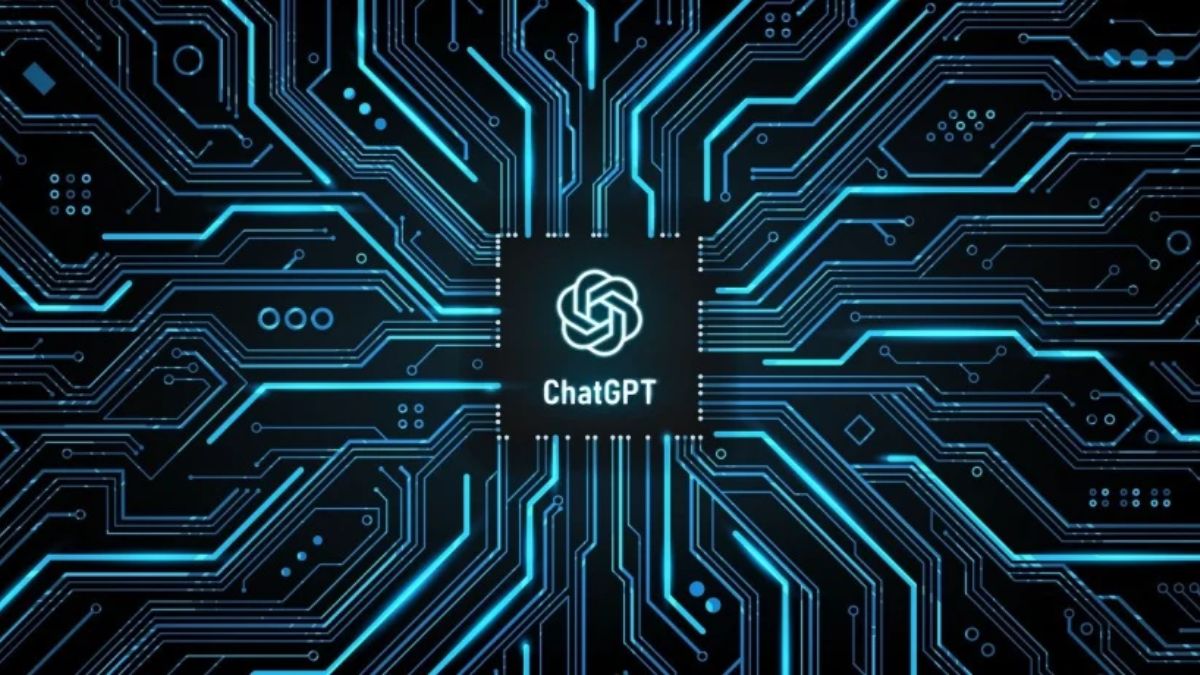Adapted from https://blog.inten.to/gpt-4v-is-coming-e216259697d6 and https://openai.com/research/gpt-4v-system-card (full papers available in https://arxiv.org/abs/2309.17421 and https://cdn.openai.com/papers/GPTV_System_Card.pdf)
Have you already heard about GPT-4V ( GPT-4 with Vision), a groundbreaking multimodal large language model developed by OpenAI? GPT-4V empowers language models to not only understand text but also interpret and process images. This breakthrough opens up a world of exciting possibilities for AI applications that seamlessly blend text and visual content.
So, what can GPT-4V do for you? Here’s a glimpse of its capabilities:
Visual Question Answering (VQA): With GPT-4V, you can ask questions about images in plain language. For instance, inquire about a dog’s breed in an image, and GPT-4V will not only identify the dog but also provide its breed.
Image Generation: GPT-4V can create images based on textual descriptions. Simply request an image of a “red car driving down a country road,” and it will craft a realistic representation of your vision.
Image Editing: Need to make alterations to images? GPT-4V can assist with tasks like removing objects, changing car colors, or adding new elements, all guided by natural language prompts.
While GPT-4V is still in development, it holds the promise of revolutionizing our interaction with computers. Imagine search engines that comprehend both text and images or creative tools that allow you to craft images and videos using nothing but natural language.
While a free version of GPT-4V is not available at the moment, OpenAI has plans to release one to the public in the future, although the exact date remains undisclosed.
In the meantime, there are several avenues to explore GPT-4V for free or at a minimal cost:
Waitlist Access: Sign up for the waitlist on OpenAI’s website to gain early access when GPT-4V becomes available.
Third-Party Platforms: Some third-party platforms offer GPT-4V access for a fee, but many also provide a limited free tier.
Research Collaboration: If you’re involved in research projects that could benefit from GPT-4V’s capabilities, consider applying for access through OpenAI’s research program.
The AI era is upon us, and GPT-4V seems to be the future of language and visual integration.




